Herbert York
The atomic scientist who tried to curb arms
The atomic scientist who tried to curb arms
1921–2009
In the field of nuclear weapons research, said a colleague of Herbert York, “there are the Strangeloves, there are the dour existential thinkers, there are the efficient white-shirted RAND Corp. automatons—and then there are the human beings. Herb is a human being.” York helped build both the atomic and hydrogen bombs, and later devoted himself to trying to curb the arms he helped create.
The Week
Escape your echo chamber. Get the facts behind the news, plus analysis from multiple perspectives.

Sign up for The Week's Free Newsletters
From our morning news briefing to a weekly Good News Newsletter, get the best of The Week delivered directly to your inbox.
From our morning news briefing to a weekly Good News Newsletter, get the best of The Week delivered directly to your inbox.
At the outbreak of World War II, York was enrolled as an undergraduate at the University of Rochester, said The San Diego Union-Tribune. Soon, he recalled, “my physics professors began to disappear one by one into secret war laboratories.” In 1943 he joined them on the Manhattan Project, specializing in the electromagnetic separation of uranium-235. “Not only did we complete the project,” he exulted in 1978, “but we ended the war.” York earned his doctorate and, at 28, became director of the Lawrence Livermore Laboratory at the University of California at Berkeley, where he worked with the Atomic Energy Commission on aspects of the hydrogen bomb. Later, he was director of defense research and engineering at the Pentagon’s Advanced Research Projects Agency.
But even as he rose in the military-industrial establishment, said The New York Times, York was growing uneasy. “He gradually became concerned that the United States and the Soviet Union were developing more weapons, yet becoming less secure.” Beginning in the 1960s, “he spent the rest of his life as an antinuclear activist,” advising six presidents on the subject. John F. Kennedy appointed him to the Arms Control and Disarmament Agency in 1962; 17 years later, Jimmy Carter made him head of the U.S. delegation that sought a comprehensive test ban with the Soviet Union. The failure of those talks left him disappointed. “The world situation just wouldn’t support it,” he said. But York persevered and, in 1983, founded the Institute on Global Conflict and Cooperation at the University of California at San Diego, which “organized research and seminars on conflict resolution and promoted international efforts to avoid war.”
York, the first chancellor of U.C.–San Diego, won many honors, including the Enrico Fermi Award, presented by President Clinton in 2000. He died of the effects of radiation treatment for prostate cancer.
A free daily email with the biggest news stories of the day – and the best features from TheWeek.com
-
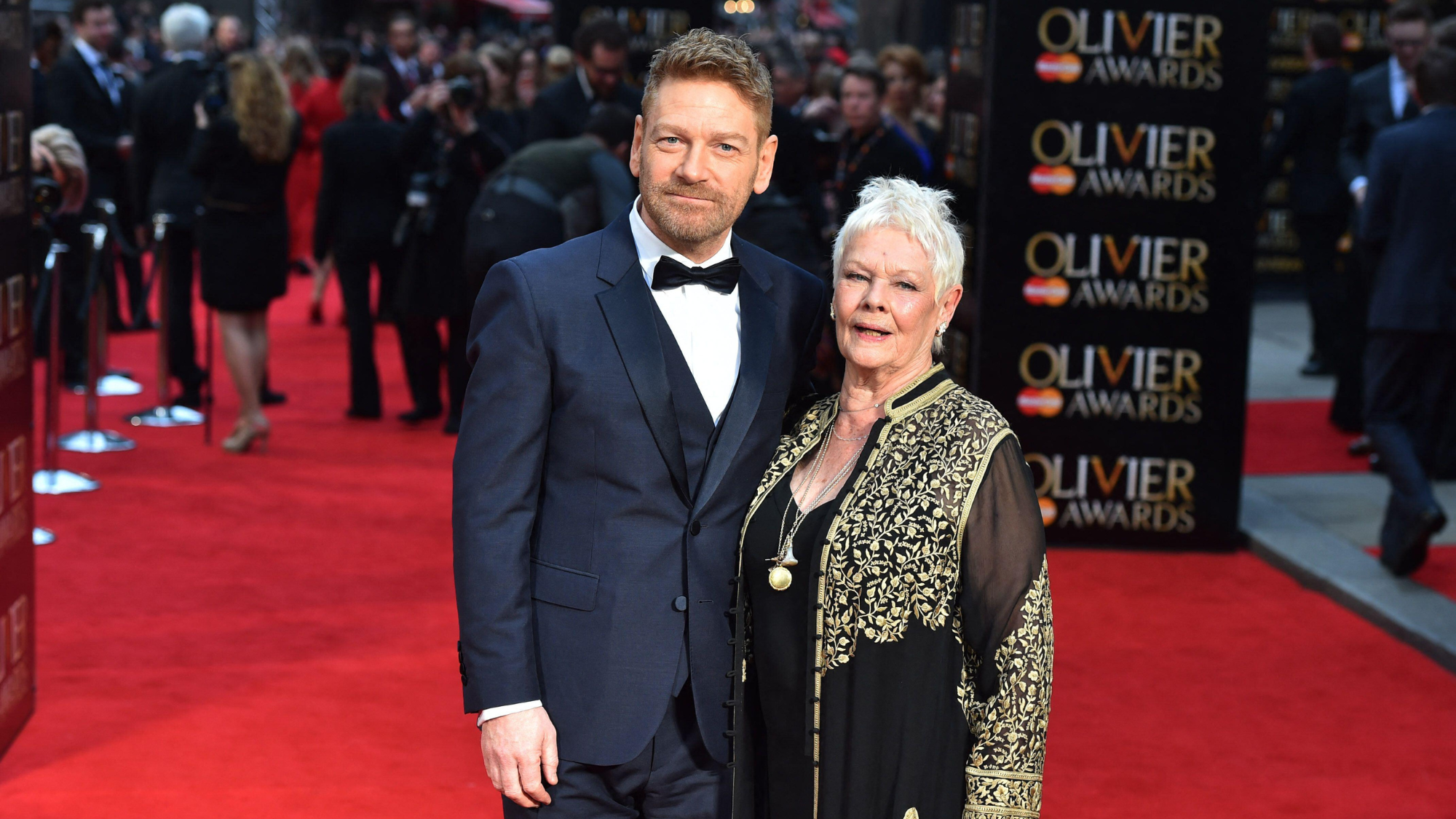 Tea with Judi Dench: ‘touching’ show is must-watch Christmas TV
Tea with Judi Dench: ‘touching’ show is must-watch Christmas TVThe Week Recommends The national treasure sits down with Kenneth Branagh at her country home for a heartwarming ‘natter’
-
 Codeword: December 24, 2025
Codeword: December 24, 2025The daily codeword puzzle from The Week
-
 Sudoku medium: December 24, 2025
Sudoku medium: December 24, 2025The daily medium sudoku puzzle from The Week
-
 Joanna Trollope: novelist who had a No. 1 bestseller with The Rector’s Wife
Joanna Trollope: novelist who had a No. 1 bestseller with The Rector’s WifeIn the Spotlight Trollope found fame with intelligent novels about the dramas and dilemmas of modern women
-
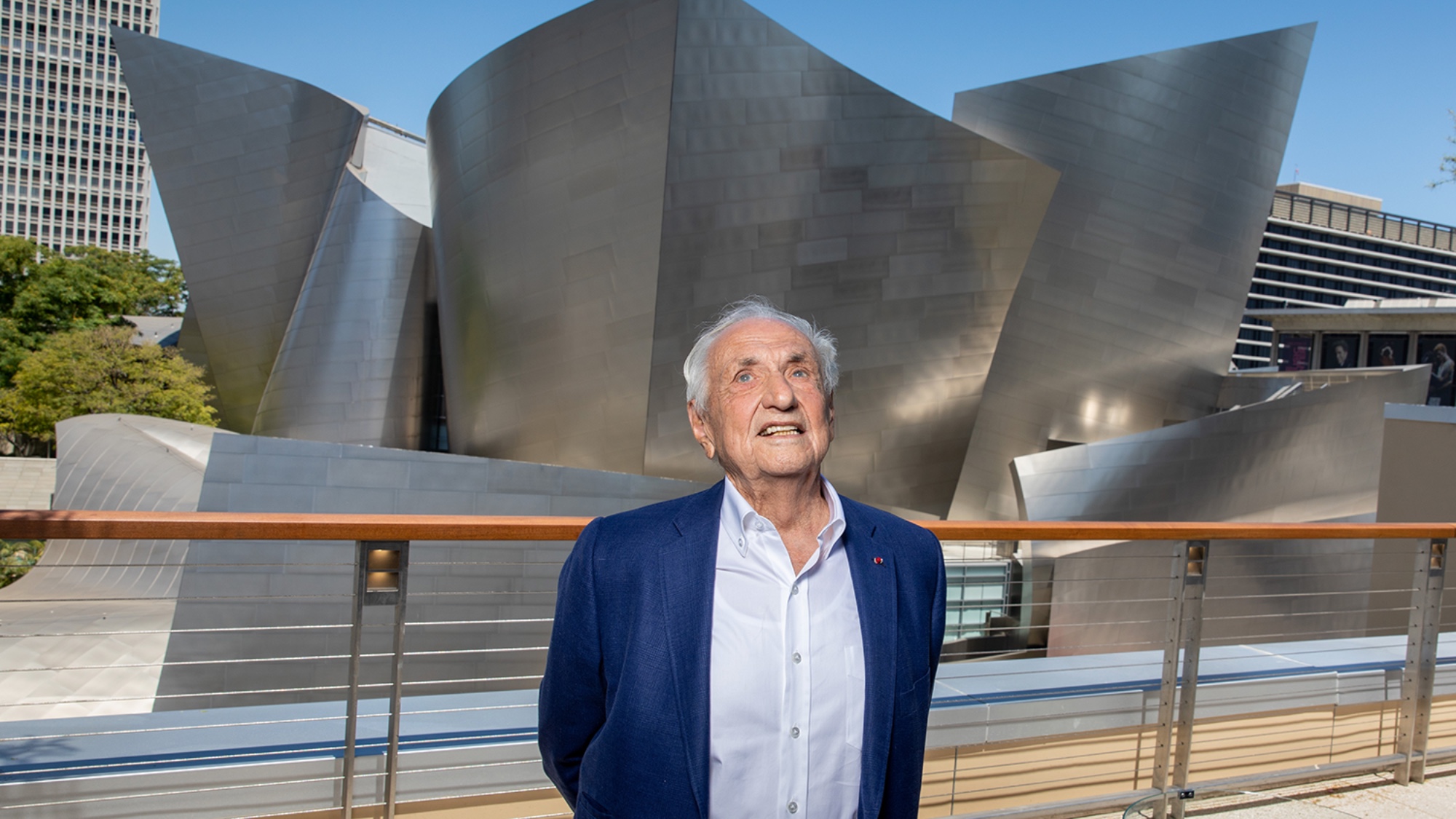 Frank Gehry: the architect who made buildings flow like water
Frank Gehry: the architect who made buildings flow like waterFeature The revered building master died at the age of 96
-
 R&B singer D’Angelo
R&B singer D’AngeloFeature A reclusive visionary who transformed the genre
-
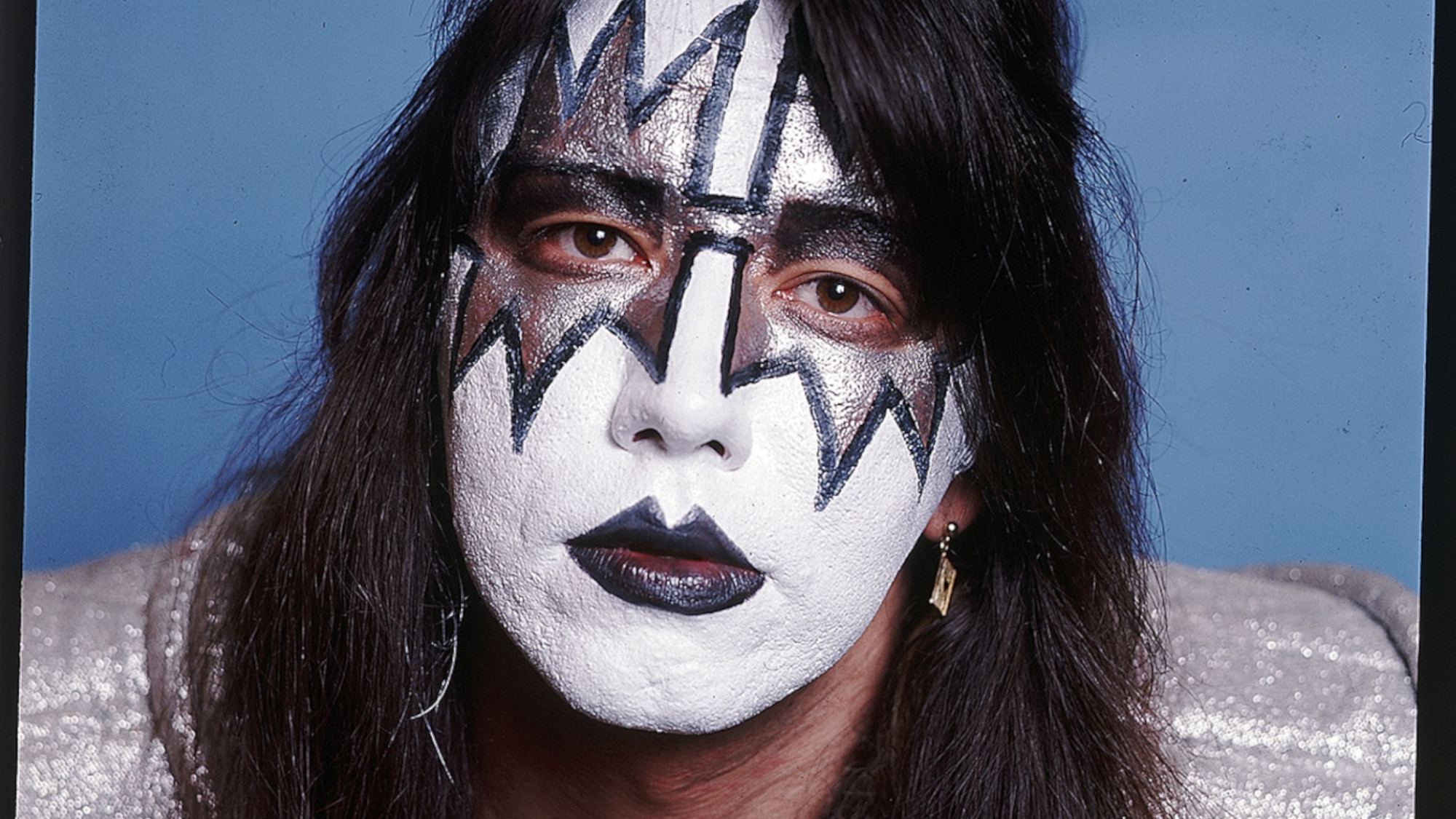 Kiss guitarist Ace Frehley
Kiss guitarist Ace FrehleyFeature The rocker who shot fireworks from his guitar
-
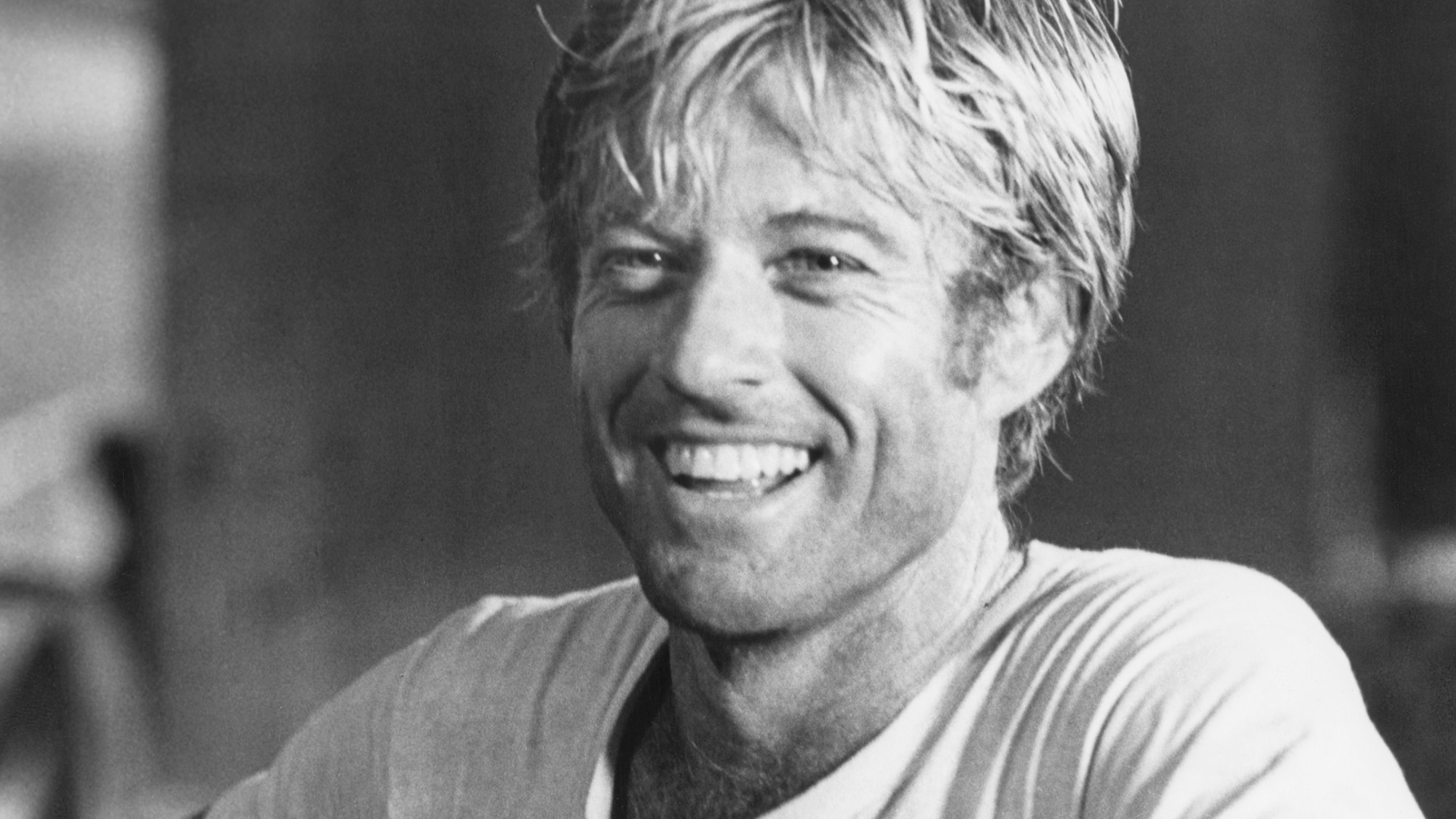 Robert Redford: the Hollywood icon who founded the Sundance Film Festival
Robert Redford: the Hollywood icon who founded the Sundance Film FestivalFeature Redford’s most lasting influence may have been as the man who ‘invigorated American independent cinema’ through Sundance
-
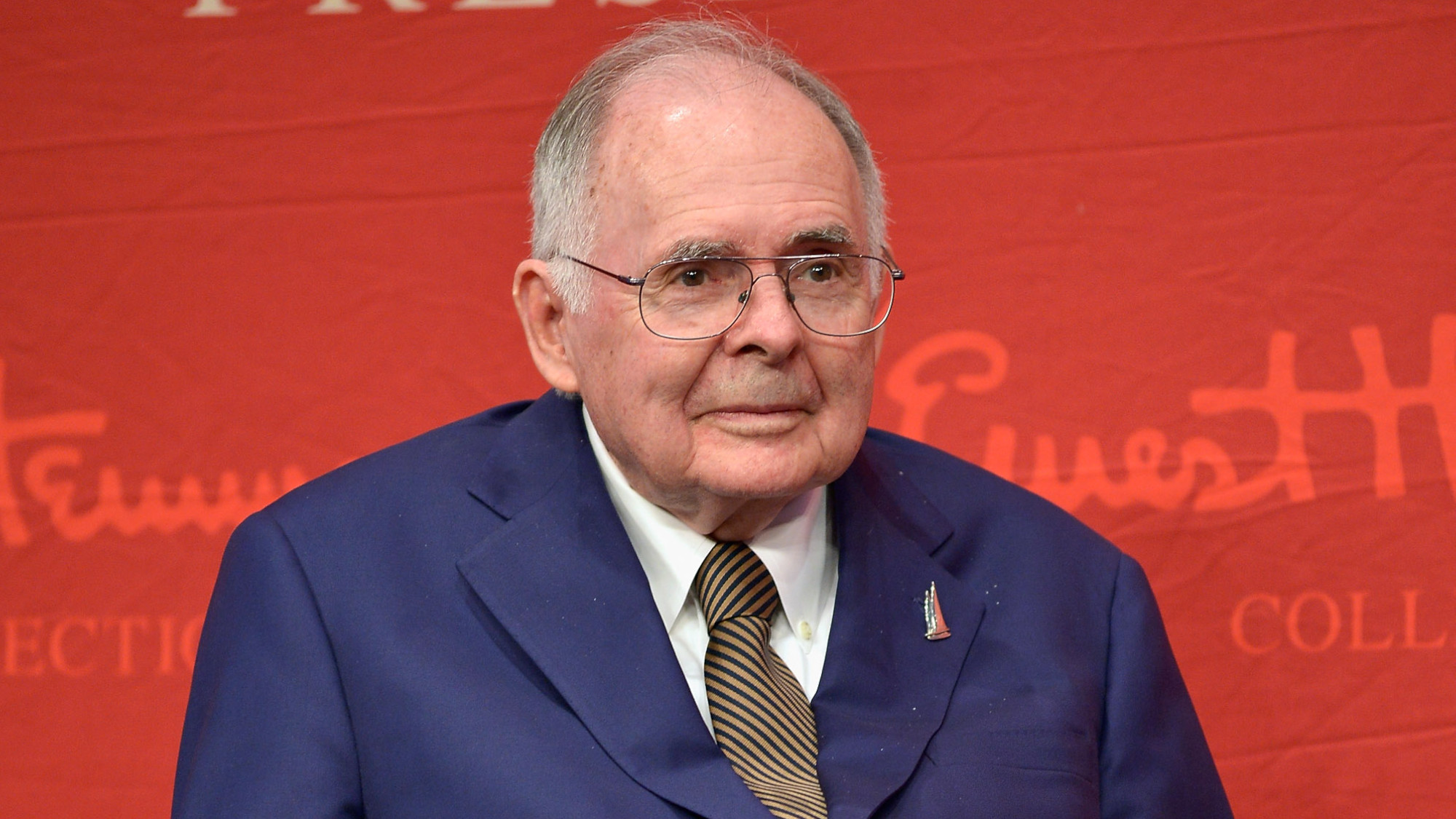 Patrick Hemingway: The Hemingway son who tended to his father’s legacy
Patrick Hemingway: The Hemingway son who tended to his father’s legacyFeature He was comfortable in the shadow of his famous father, Ernest Hemingway
-
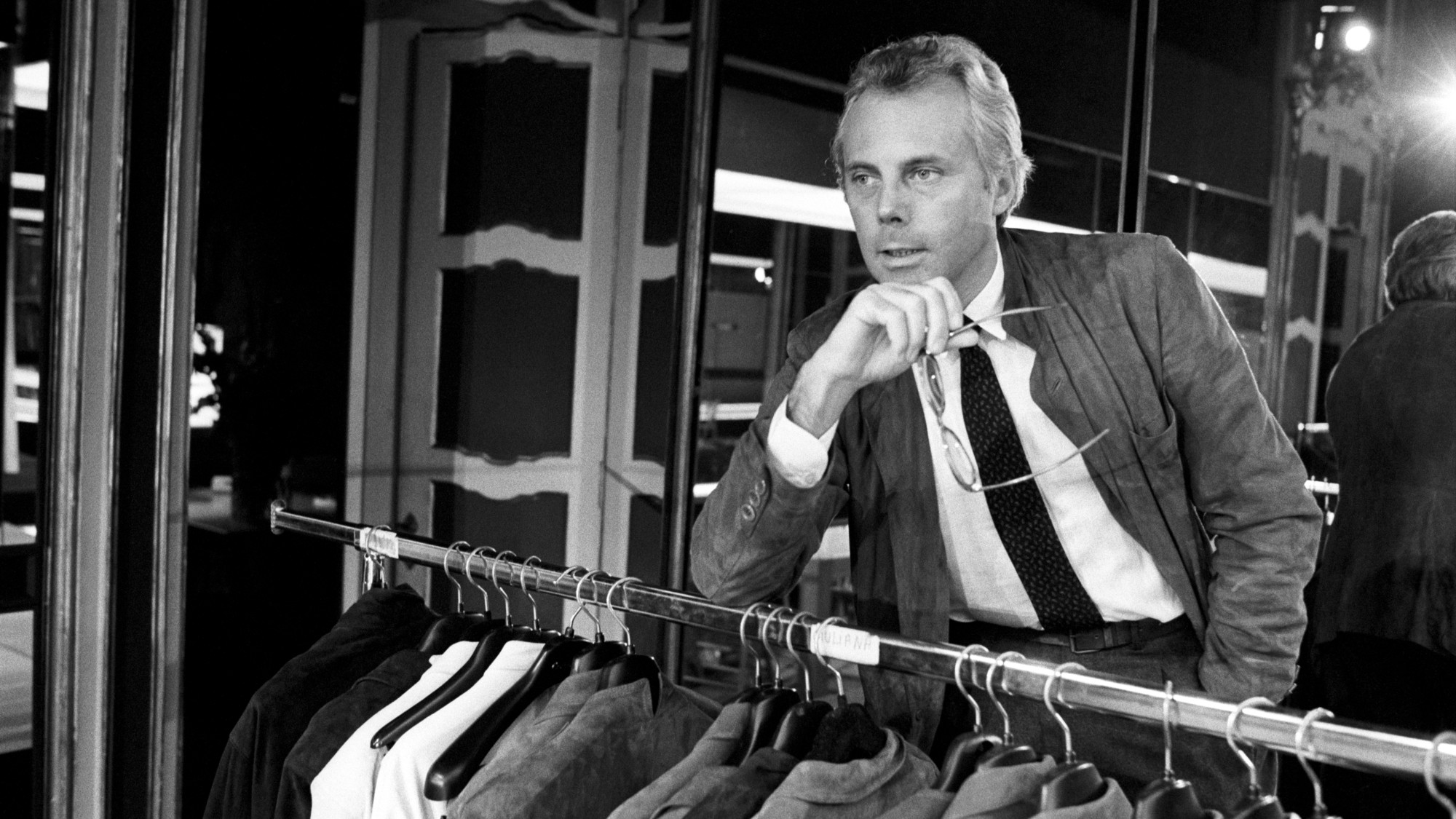 Giorgio Armani obituary: designer revolutionised the business of fashion
Giorgio Armani obituary: designer revolutionised the business of fashionIn the Spotlight ‘King Giorgio’ came from humble beginnings to become a titan of the fashion industry and redefine 20th-century clothing
-
 Ozzy Osbourne obituary: heavy metal wildman and lovable reality TV dad
Ozzy Osbourne obituary: heavy metal wildman and lovable reality TV dadIn the Spotlight For Osbourne, metal was 'not the music of hell but rather the music of Earth, not a fantasy but a survival guide'